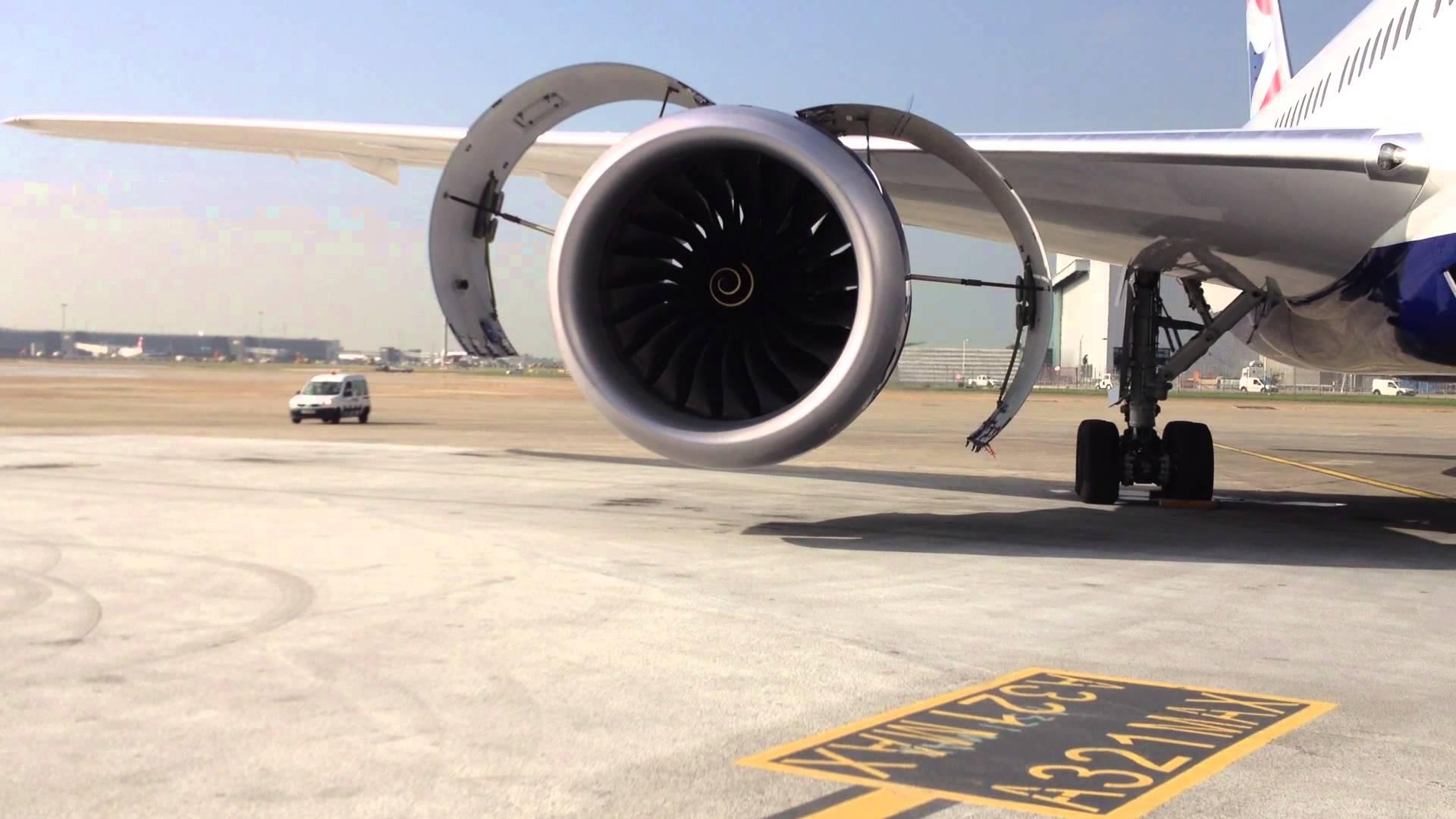
Large scale aircraft fleet groundings in the wake of COVID-19 contributed to a reduction in Rolls-Royce's engine flying hours by as much as 80% in the first half of 2020, which in turn led to a fall in aftermarket services output.
The British engine maker announced in a first half trading update on Thursday (July 9) that while its MRO output was broadly stable compared to the prior year period, it was still lower than the pre-COVID-19 first half schedule.
This was due to widebody engine flying hours falling by approximately 50% in the first half of 2020, compared to the prior year period with an approximate 75% decline in the second quarter. Rolls says that following a company low point in April when flying hours were down 80% year-on-year, there were marginal recoveries during the following two months with air traffic picking up in China, Asia-Pacific and the Middle East.
In better news for the embattled OEM, Rolls says issues related to the troubled Trent 1000 engine program, which has undergone a string of technical issues over the past few years, have largely been resolved. “We have completed the backlog of overhauls related to the Trent 1000 durability issues and have achieved our target to reduce the number of related aircraft on the ground to single digits,” the statement read.
It also has made progress on technical issues related to the high-pressure turbine blades on the Trent 1000 TEN, an updated version of the engine powering the Boeing 787. “We are progressing well with the type test of the replacement high-pressure turbine blade for the Trent 1000 TEN, the final durability issue to be fixed, and remain on track for its incorporation into the fleet by the end of H1 2021,” Rolls says.
CEO Warren East says the company is looking to resize its commercial business as a result of COVID-19 lowering medium-term customer demand. These measures include reducing staff by nearly one-fifth, with nearly 9,000 staff from its 52,000-strong workforce likely to be axed.
The company’s outlook forecasts that widebody engine flying hours will remain down by as much as 55% this year in comparison to 2019 levels, while indicating these engines flying hours would rise to 70% of 2019 levels by 2022.





